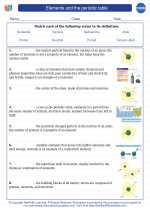Heterozygous
In genetics, the term "heterozygous" refers to an individual having two different alleles for a particular gene. Alleles are different versions of a gene that can lead to different traits or characteristics. When an individual is heterozygous for a specific gene, it means that they have inherited two different alleles for that gene, one from each parent.
Examples:
For example, let's consider a specific gene that determines eye color. The gene for eye color has different alleles, such as "brown" and "blue". If an individual inherits one allele for brown eyes from one parent and one allele for blue eyes from the other parent, they would be considered heterozygous for the gene that determines eye color.
Punnett Square:
A Punnett square is a commonly used tool to predict the potential outcomes of genetic crosses. When analyzing a heterozygous individual's offspring, the Punnett square can be used to determine the probability of inheriting different combinations of alleles from the parents.
Study Guide:
When studying the concept of heterozygous, consider the following key points:
- Understand the definition of heterozygous and how it differs from homozygous.
- Learn how to identify heterozygous genotypes and phenotypes in genetic crosses and pedigrees.
- Practice using Punnett squares to predict the outcomes of crosses involving heterozygous individuals.
- Explore real-life examples of heterozygous traits in humans and other organisms.
- Discuss the concept of dominance and how it relates to heterozygous genotypes.
Understanding the concept of heterozygous is fundamental in genetics and is essential for comprehending inheritance patterns and genetic diversity.
.◂Chemistry Worksheets and Study Guides High School. Elements and the periodic table
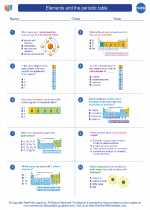
 Worksheet/Answer key
Worksheet/Answer key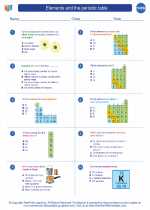
 Worksheet/Answer key
Worksheet/Answer key
 Vocabulary/Answer key
Vocabulary/Answer key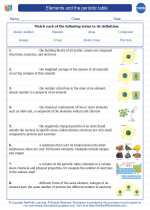
 Vocabulary/Answer key
Vocabulary/Answer key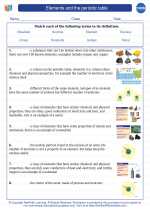
 Vocabulary/Answer key
Vocabulary/Answer key